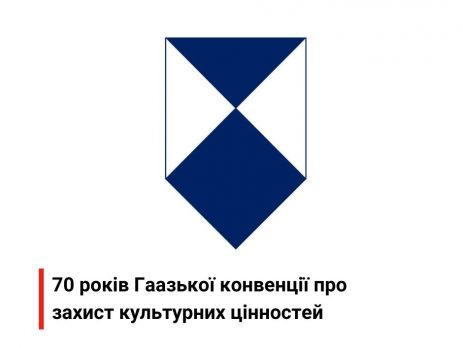Today Marks the 70th Anniversary of the Hague Convention, Which Governs the Protection of Cultural Property in Times of War
The Hague Conventions are a series of international treaties that oblige states to protect cultural heritage and define the obligations of parties to a conflict to protect cultural sites during war. This Convention is part of the international humanitarian law (IHL) system of norms.
However, despite the existence of such international conventions, wars continue to threaten cultural heritage. Currently, there are numerous cases of destruction of historical monuments in the war zone, which is a violation of international humanitarian law.
On April 30, 2020, the Ukrainian Parliament (Verkhovna Rada) adopted the Law “On Ukraine’s Accession to the Second Protocol to the Hague Convention for the Protection of Cultural Property in the Event of Armed Conflict”. In particular, the Commission on International Humanitarian Law has a working group dedicated to the protection of cultural property during armed conflict. The Ukrainian Red Cross actively supports the work of this commission, which is developing strategies and action plans for the effective protection of cultural sites during conflicts.
The Convention provides a distinctive emblem as a protective tool to facilitate the recognition of cultural property. The emblem features a shield, pointed below, divided into four sections of blue and white. It is applied to cultural property items, indicating enhanced protection.
The war in Ukraine has become a vivid example of how hostilities can threaten cultural property. In recent years, architectural monuments, museums, churches, and other cultural heritage sites have been destroyed and damaged in many cities and villages of Ukraine.
Therefore, it is crucial for all parties to comply with international humanitarian law.

